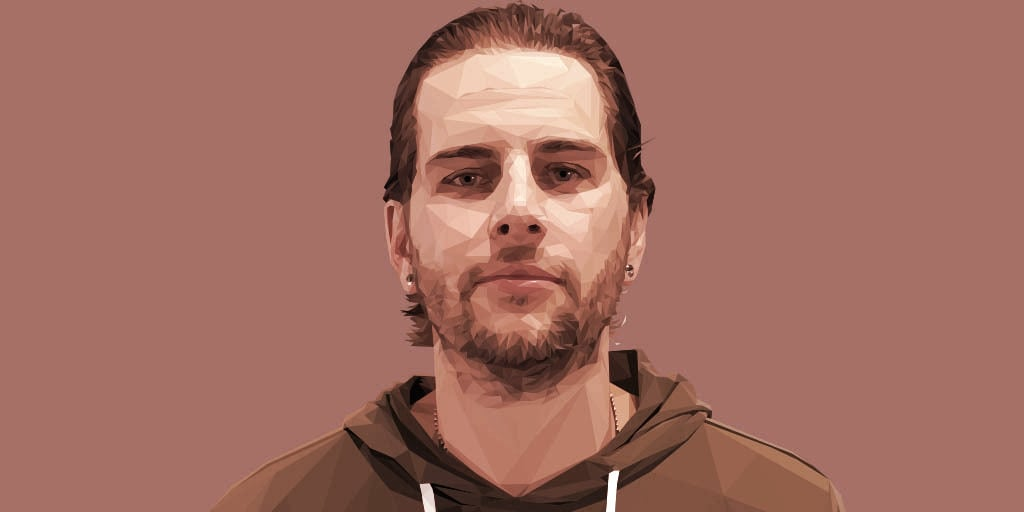Your guide to Bitcoin, Ethereum and Web 3.0

Creator royalties have taken a back seat in the NFT space as marketplace OpenSea recently cut fees in response to its new rival Blur, which has surged ahead in trading volume on NFTs, in part by charging zero trading fees and not enforcing creator royalties .
However, creator royalties provide an ongoing revenue stream to NFT projects beyond their initial sales – typically a 5% to 10% cut when a token is resold – and many companies are now being misled, said Animoca Brands chairman Yat Siu Decrypt at NFT Paris.
Decryption manager Dan Roberts interviews Yat Siu, chairman of Animoca Brands.
“This is about taking market share, and it’s at the expense of creators,” he said, adding that the recent shift away from royalties is “wrong for many, many reasons.”
Siu described royalties as an important component of the creator economy, comparing it to the fuel that runs an engine or even the gas taxes required to process each transaction on Ethereum’s network.
The chairman of Animoca Brands, the company behind projects such as the Ethereum-based metaverse game The Sandbox, said culture is the cornerstone of economic activity in today’s society, whether in Web3 or beyond, and cannot be taken for granted.
“Culture is the biggest soft power and perhaps the biggest driver of economic growth,” Siu said, noting that the world’s richest man is co-founder and CEO of LVMH Bernard Arnault, which owns brands including Gucci, Tiffany & Co., and Hennessy.
Without an economy based on culture, Siu said there wouldn’t be streaming services like Netflix and HBO or game consoles made by Sony or Microsoft, because culture is the fundamental reason people engage with these technologies — whether through TV shows, movies, or video games.
Siu said reducing royalties for creators in the NFT space would erode the space’s existing culture and do more harm than good to the digital resource industry. He compared the gyrations of NFT marketplace creators to companies biting the hand that feeds them.
“If you kill royalties, you kill the very industry that fed you, so it has to be protected,” he said.
Prioritizing profit over creators’ fair share is part of a mentality rooted in traditional finance that affects some players in the Web3 space, according to Siu.
“There’s a small percentage of people, like we have in the financial world, who are basically from crypto Wall Street, and what they’re doing is just looking at profit maximization,” he said. “Unfortunately, for people in the financial world, that’s their lens.”
While NFTs are assets — digital tokens that indicate ownership of an object, often digital art — Siu pointed out that people don’t often trade cultural items with the same frequency as they do financial ones like stocks. He said that many of the items people buy in the physical world have a meaning attached to them that contributes to one’s self-perceived identity.
“Think of all the things you buy in the physical world; they form who you are,” said Siu. “You choose to buy a particular shoe not because you think you can turn it around – you choose to buy it because it says something about you.”
And ultimately, Siu believes that this type of purchase, where people buy a particular digital asset because it says something about them, will be a key driver of Web3 adoption.
“Whether it’s a district in the Sandbox, or just [living] in LA, it says something about who you are, or who you want to be,” Siu said, saying that even the place where someone chooses to spend their time has cultural elements. “These are all the points of a kind of culture that are really relevant and important.”

























